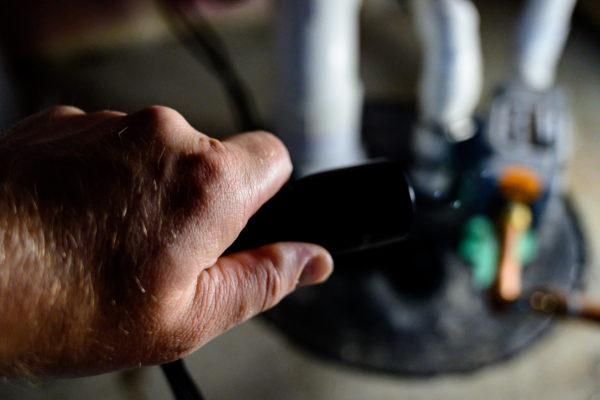What is Radon? What Are Its Effects?
Radon is a radioactive, hazardous gas which, through the decay process of uranium, occurs naturally in the soil. According to the EPA and the Surgeon General, radon is the second leading cause of lung cancer.
How does Radon enter the home?
A concrete floor in your basement may seem solid, but it is sufficiently porous to allow radon to enter your home. Crawl spaces, sump pump basins, wall seams and cracks in the concrete also allow the entry of radon into your home.
You will never know if your home contains radon if you don’t test for it.


iS RADON in our home?
Any home may have radon. Because radon is odorless, colorless, and tasteless, testing is the only reliable way to measure radon levels in your home.
HOW IS A HOME TESTED FOR RADON?
Radon is measured in picocuries. By EPA and Surgeon General standards, if radon levels in your home measure above four picocuries per liter (4 pCi/L), a radon mitigation system should be installed. Radon Crew offers several testing processes, differing in duration, expense and level of analysis. We will help you in deciding which testing process to select.
Short-term test
Open Face Charcoal Canister: 48-96 hours of exposure time. Gamma radiation from the elements adsorbed onto the charcoal causes a light signal, which is counted using a rate meter in an independent lab.
Long-term test
Alpha Track Radon Test: After an exposure time of 91-365 days, the strip is sealed and mailed to a laboratory for analysis.
